The importance of Primary Clarification and how it can impact Effluent BOD.
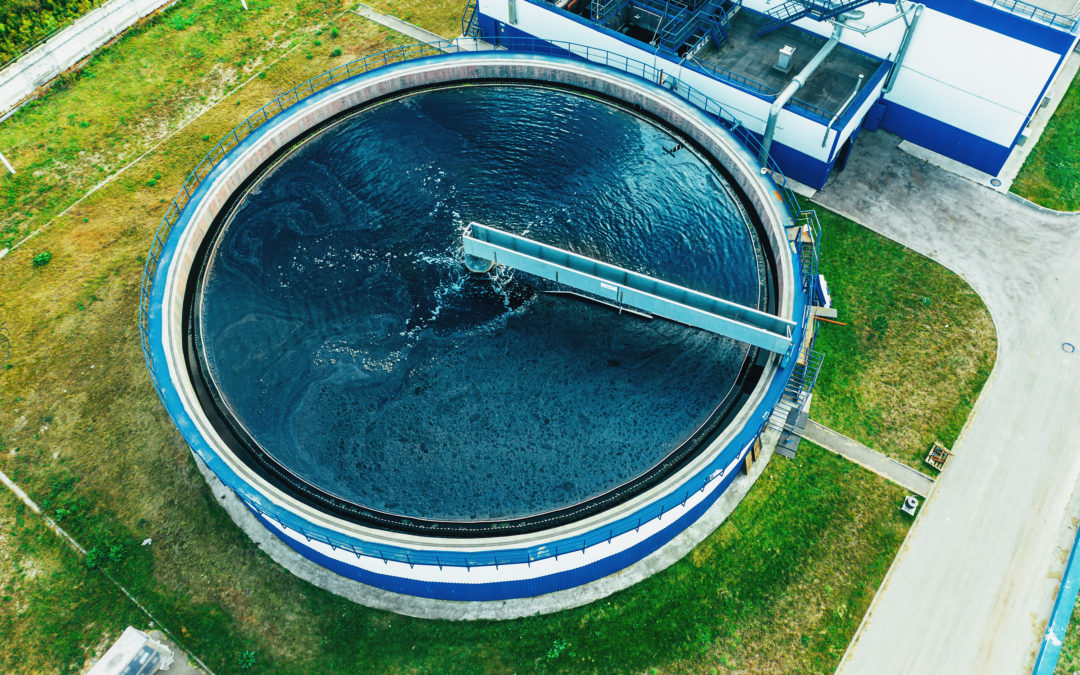

The importance of Primary Clarification and how it can impact Effluent BOD.
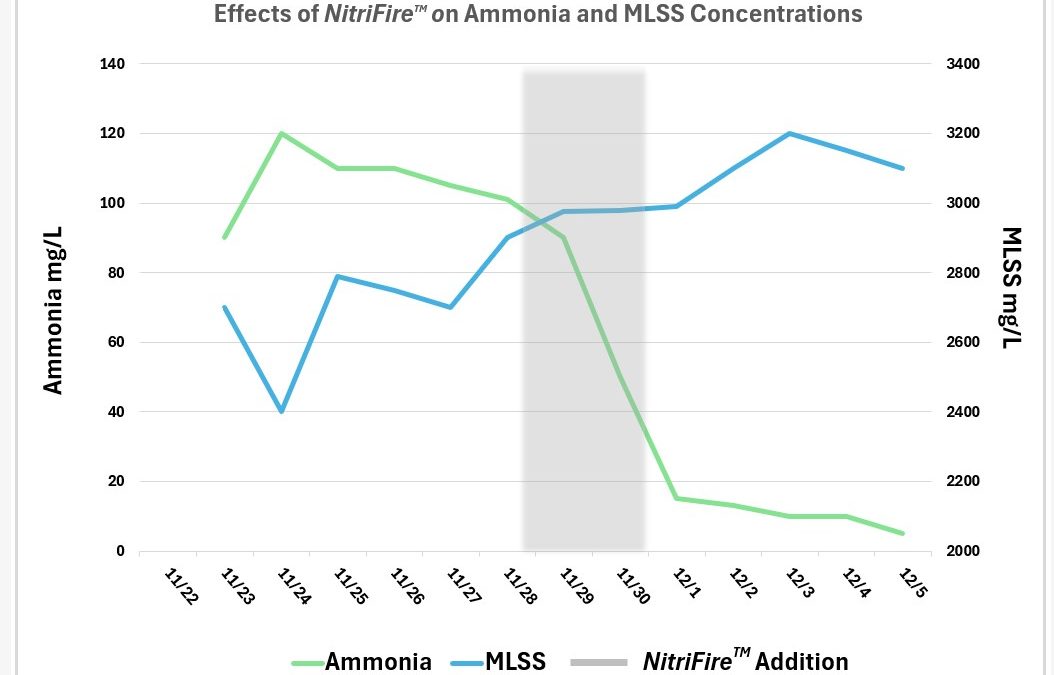
Winter's colder temperatures bring a host of operational challenges for wastewater treatment facilities, particularly in the biological nitrification process. This crucial process is responsible for converting ammonia into nitrate and can be significantly impacted by...
The return of healthy biological solids is essential to the performance of activated sludge systems. Along with concentrated biomass, inhibitory and toxic chemicals that can cause WET testing failures or treatment deficiencies may be returned to the system by being...
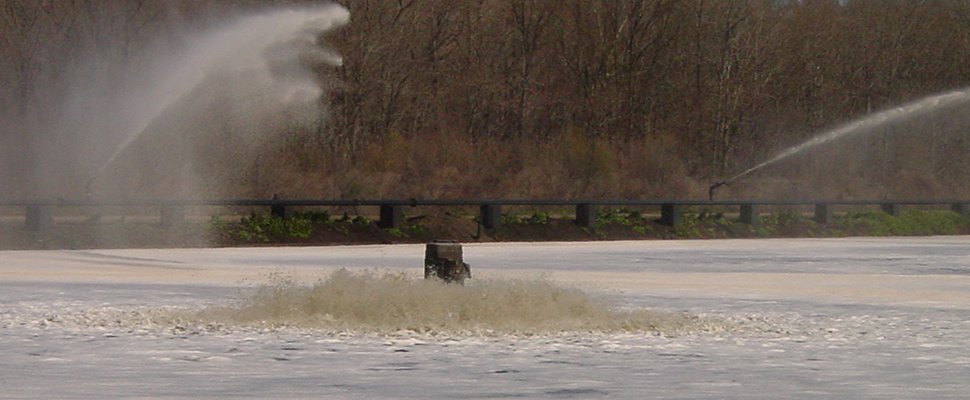
A Focus on Anaerobic Treatment There are 2 major types of systems used for wastewater treatment: aerobic and anaerobic systems. Each has different uses along with pros and cons. This particular article focuses on anaerobic treatment. Aerobic treatment is the focus of...
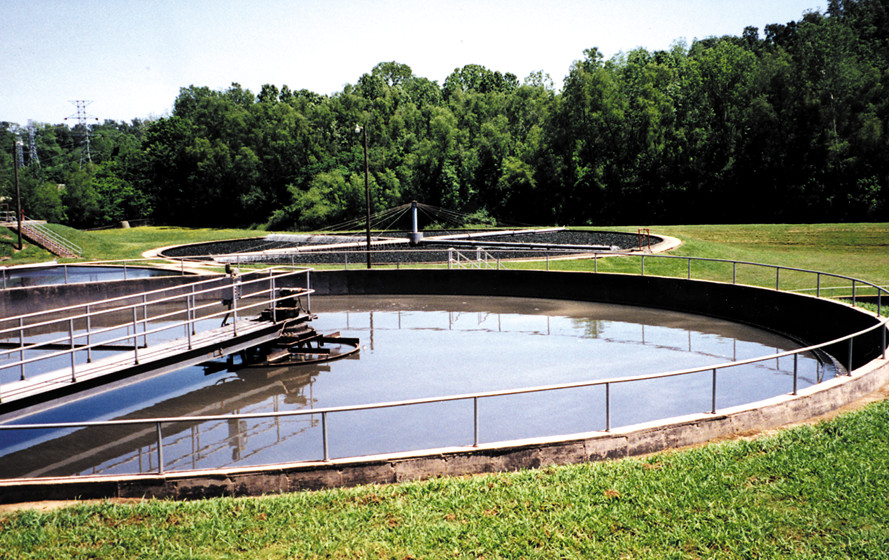
It is generally accepted that aerobic biological treatment systems are robust and stable to the extent that eight key growth pressures are controlled: Organic Loading (BOD or COD) Dissolved Oxygen Temperature pH Nutrients Retention Time Inhibitory or toxic compounds...
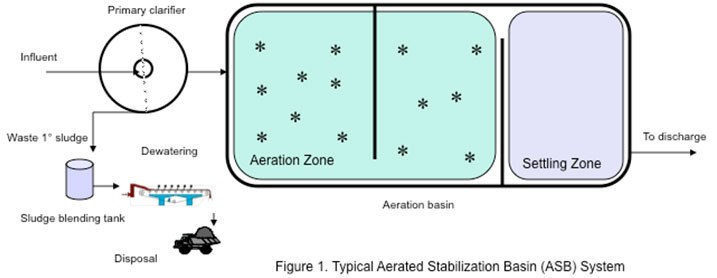
In North America, there are predominantly two systems used to biologically treat industrial wastewater: the aerated stabilization basin (ASB or aerated lagoon) and the activated sludge system. These two systems have far more similarities than differences. Both pro...